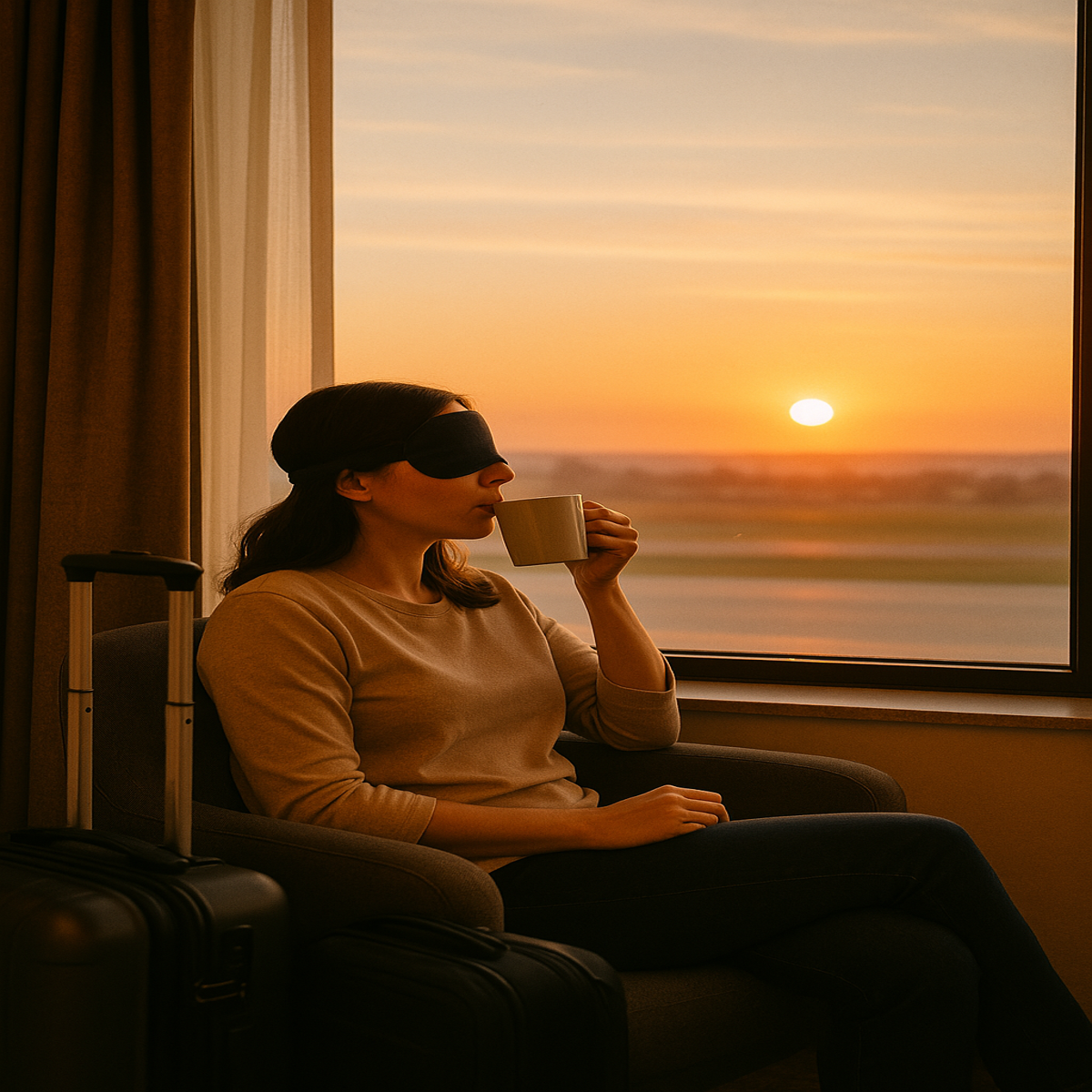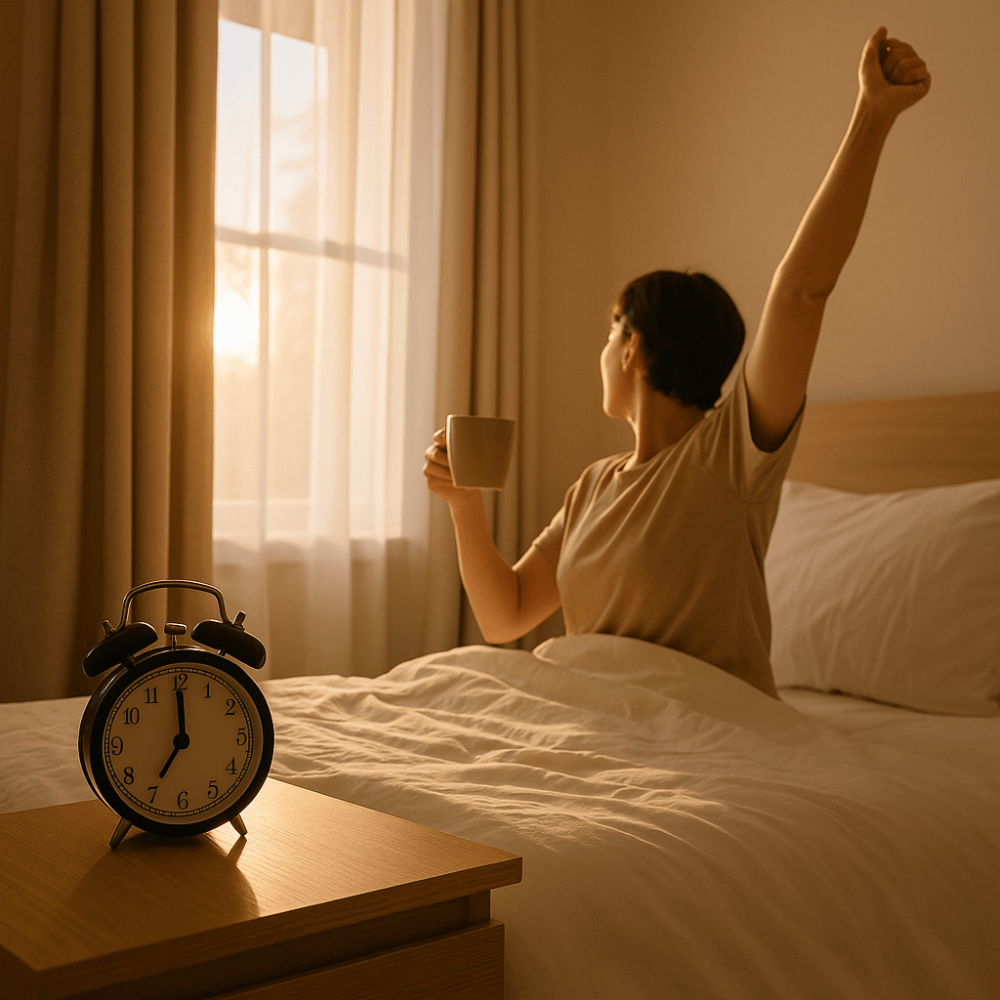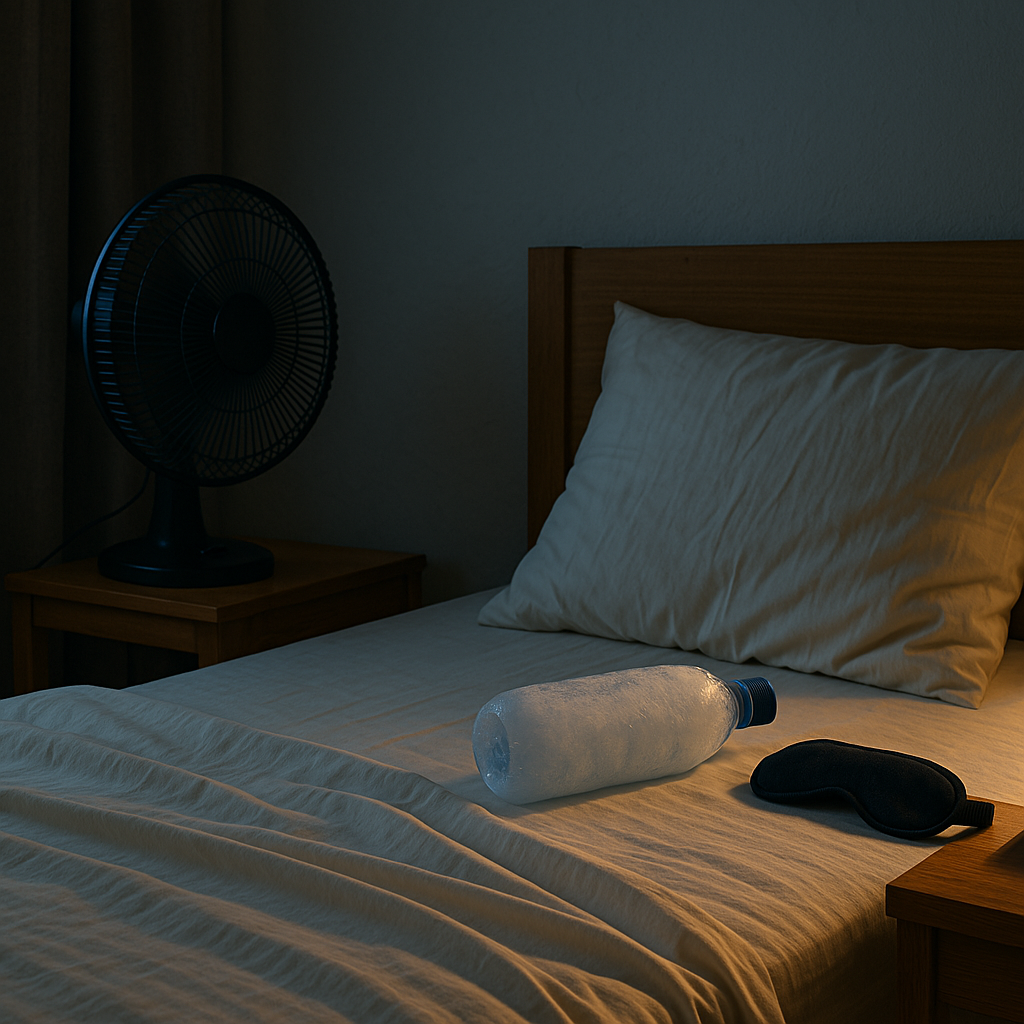Whether you’ve just flown halfway across the globe or took a red-eye flight across the country, there’s one thing your body doesn’t easily forgive: a disrupted sleep schedule. Jet lag, time zone shifts, and routine changes can throw off your internal clock and leave you wide awake at 3 a.m. or falling asleep during dinner.
The good news? With the right approach, you can reset your sleep and feel like yourself again—fast.
Why Travel Disrupts Sleep
Travel affects sleep in more ways than one. The most obvious culprit is jet lag, which occurs when your internal body clock (circadian rhythm) is out of sync with the local time at your destination. But even if you’re not hopping time zones, changes in routine, screen exposure, and inconsistent sleep environments can affect how well you rest.
Some common disruptors include:
- Changing time zones
- Inconsistent light exposure
- Noise or unfamiliar sleeping environments
- Altered eating or activity patterns
Signs Your Sleep Schedule Is Off
It’s not just about feeling a little groggy. Your body will usually let you know when something’s off.
Signs include:
- Difficulty falling or staying asleep
- Waking up too early or sleeping in too late
- Daytime fatigue and poor focus
- Mood swings, irritability, or sluggishness
How to Reset Your Sleep Schedule: A Step-by-Step Guide
1. Start Before You Travel (If You Can)
If you're heading to a destination with a major time difference, begin adjusting your sleep schedule a few days in advance. Shift your bedtime and wake time by 30–60 minutes each day toward your new time zone.
Also, try to expose yourself to natural sunlight at the time you’d normally be awake in your destination. It can help prime your circadian rhythm.
2. Use Light to Your Advantage
Light is your body’s natural cue to regulate sleep.
- Get morning sunlight: Go outside shortly after waking to help set your body clock.
- Block blue light at night: Use blue light glasses or switch off screens at least an hour before bed to help melatonin production.
3. Create a Consistent Routine
Once you arrive, get into a sleep-wake rhythm as quickly as possible:
- Go to bed and wake up at the same time every day
- Avoid hitting the snooze button
- Wind down with a calming nighttime routine (reading, stretching, journaling)
4. Be Strategic About Naps
Tempted to nap at 2 p.m.? It’s okay—but be smart:
- Limit naps to 20–30 minutes
- Avoid napping in the late afternoon or evening
5. Mind Your Meals and Movement
Your digestive and activity cycles affect your body clock, too.
- Eat meals on local time
- Exercise earlier in the day to energize and reset your rhythm
6. Use Sleep Aids Wisely
- Melatonin supplements can help ease your body into a new schedule—but should only be used short-term
- Avoid alcohol and sleeping pills unless recommended by a healthcare provider
Tips for Different Scenarios
- Short trips (under 3 days): Stay on your home time zone if possible. No need to fully adjust.
- Long-haul eastbound travel: Shift your bedtime earlier before the trip. Light exposure in the morning at the destination helps.
- Westbound travel: Your body adjusts more easily, but try to avoid bright light in the evening.
- Traveling with kids: Gradual adjustment and maintaining familiar routines (like storytime or bath before bed) can help kids reset more smoothly.
When to Seek Help
If you’re still struggling with sleep a week after returning or adjusting to a new time zone—or experience symptoms like anxiety, chronic insomnia, or extreme fatigue—consider seeing a sleep specialist.
Conclusion
Resetting your sleep schedule after traveling isn’t always easy, but with the right tools and a little patience, you can get back on track. Prioritize light exposure, build a calming routine, and be kind to your body as it adjusts.
If you’re serious about protecting your sleep long-term — whether you’re a frequent traveler or not — Slumberite is here to help. With sleep-friendly tools, routines, and guidance, it’s your partner in better rest, no matter where in the world you land.



Leave a comment
This site is protected by hCaptcha and the hCaptcha Privacy Policy and Terms of Service apply.